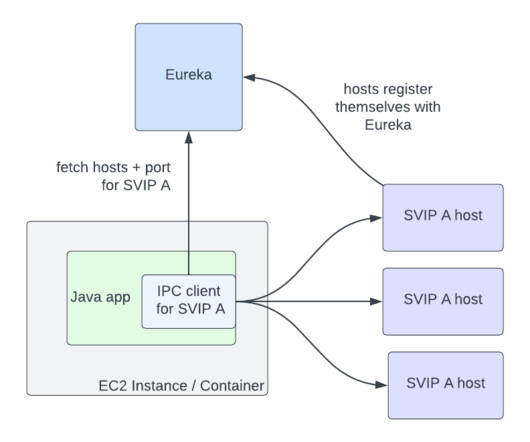Zero Configuration Service Mesh with On-Demand Cluster Discovery
The Netflix TechBlog
AUGUST 29, 2023
A brief history of IPC at Netflix Netflix was early to the cloud, particularly for large-scale companies: we began the migration in 2008, and by 2010, Netflix streaming was fully run on AWS. Today we have a wealth of tools, both OSS and commercial, all designed for cloud-native environments.













Let's personalize your content